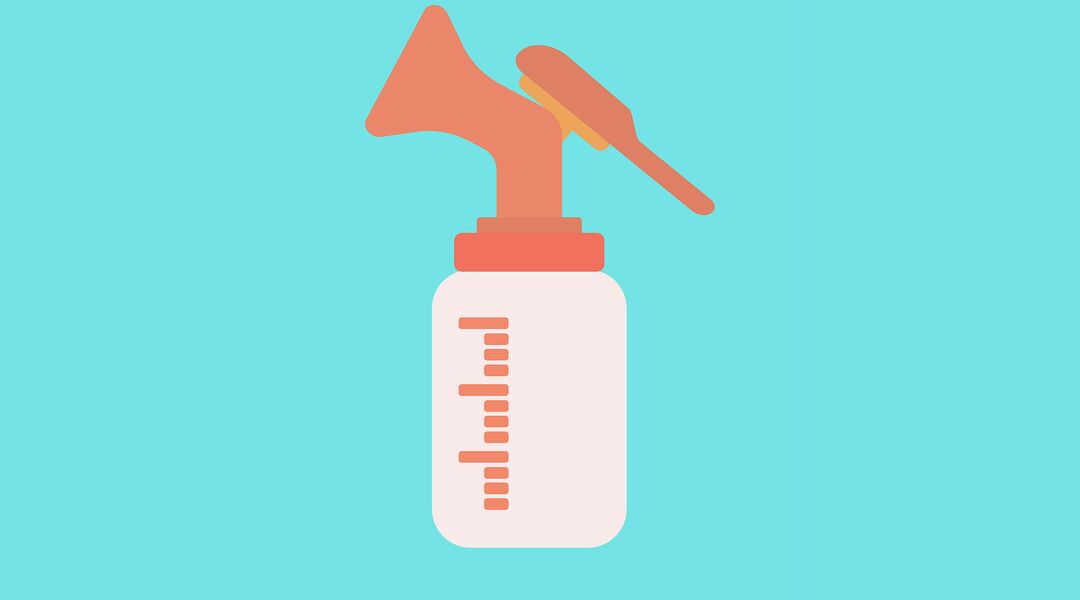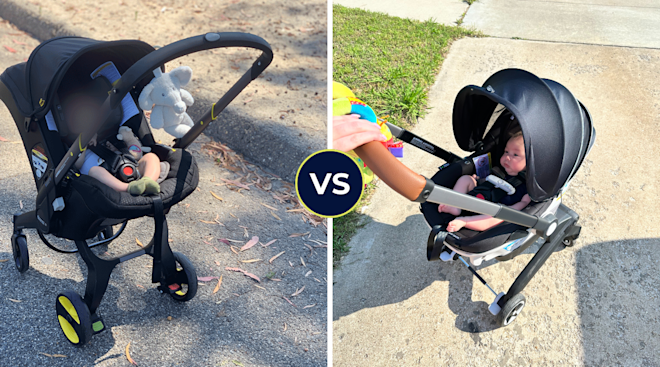Buying vs. Renting a Breast Pump
The breast pump decision can be tricky, so it’s great that you’re weighing your options. First, ask yourself how long, why, where and how often you plan to pump. Each of these answers can make a big difference in whether a purchase or rental makes most sense for you, your pocketbook and baby. Once you’ve got a pumping plan in mind, look over the facts below to figure out which option best suits you.
Cost: About $50 per month or $1 to $3 per day, plus $50 to purchase a kit with breast shields, tubing and bottles.
Where to rent: Your hospital or local lactation consultant may have rentals, or they can you refer you to the nearest rental facility. You can also search rental locations at Ameda or Medela’s website.
What you’ll get: A hospital-grade electric machine, probably with “double collection” (nurses both breasts at once), that plugs into the wall and is designed with more powerful motors than most personal pumps. You’ll need to buy the collection kit (parts that connect your breasts to the pump) separately. Hospital-grade rental pumps are fairly heavy and bulky but can help you produce the most milk in the shortest amount of time and are made with protective barriers to prevent cross-contamination between multiple users. It can cost more than $1,000 to purchase one of these machines now.
Why do it: Pump rental may be your best bet if you have needs that require more efficient pumping. If you have low milk supply, a premature baby, a baby that is unable to breastfeed, or if you have twins and need to produce double quantities, the hospital-grade machine can be a huge help. Renting might also be your best (and most cost-effective) option if you still aren’t sure that pumping will be your thing or if you plan to pump for less than six months.
Cost : About $50 for a simple hand pump, $100 to over $300 for a personal pump, and $1,000 or more for a hospital-grade pump.
Where to buy: You can purchase pumps at most of the same places where you purchase maternity clothes and baby gear, some department stores and even pharmacies.
What you’ll get: There are tons of options, ranging from hand-held pumps operated by squeezing a handle with one hand, to small battery-powered units, to single or double-breast electric plug-in machine with multiple settings complete with carrying cases and milk storage.
Why to do it: If you plan to pump longer than six months and have a healthy baby and good milk supply, it might be more cost effective to purchase a pump. Remember—you’ll be able to use it with future children, too. If you’ll be pumping at the office, personal pumps are much easier to lug around than the bulkier hospital variety. The small hand-held pumps are also a cost-effective alternative if you plan to pump only occasionally.
No matter which way you go, there are a few more important factors to consider. First, it’s best not to buy or borrow a used pump due to the risk of cross-contamination. (Hospital-grade rentals are built with protective barriers and approved by the FDA for multiple users.) Also, check your insurance policy—it may cover some of the pump rental or purchase cost, especially if you or baby has a condition that makes breastfeeding difficult.
Navigate forward to interact with the calendar and select a date. Press the question mark key to get the keyboard shortcuts for changing dates.




















































